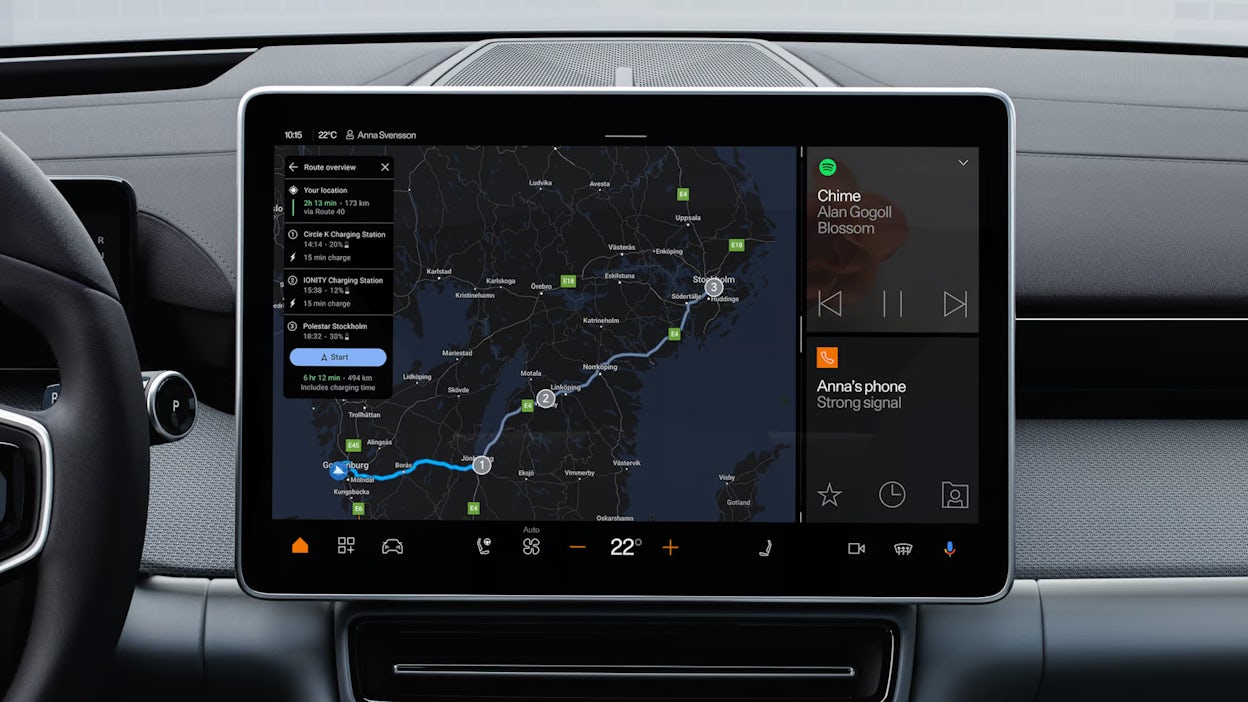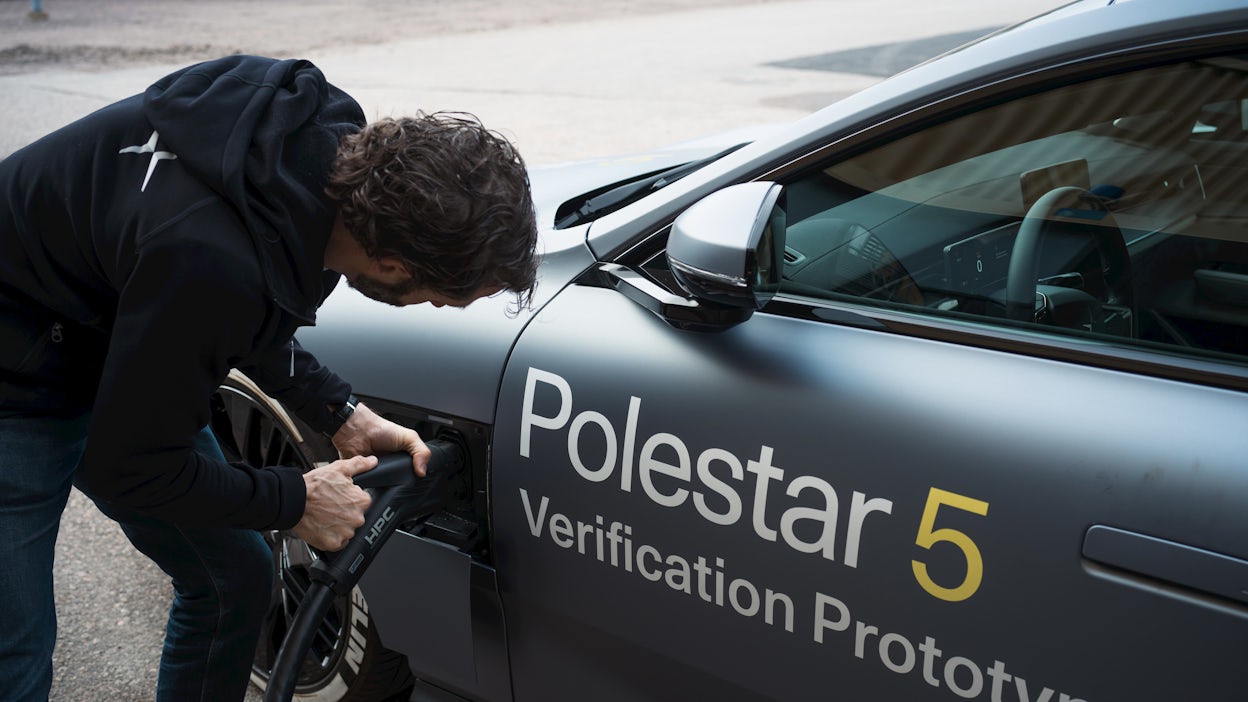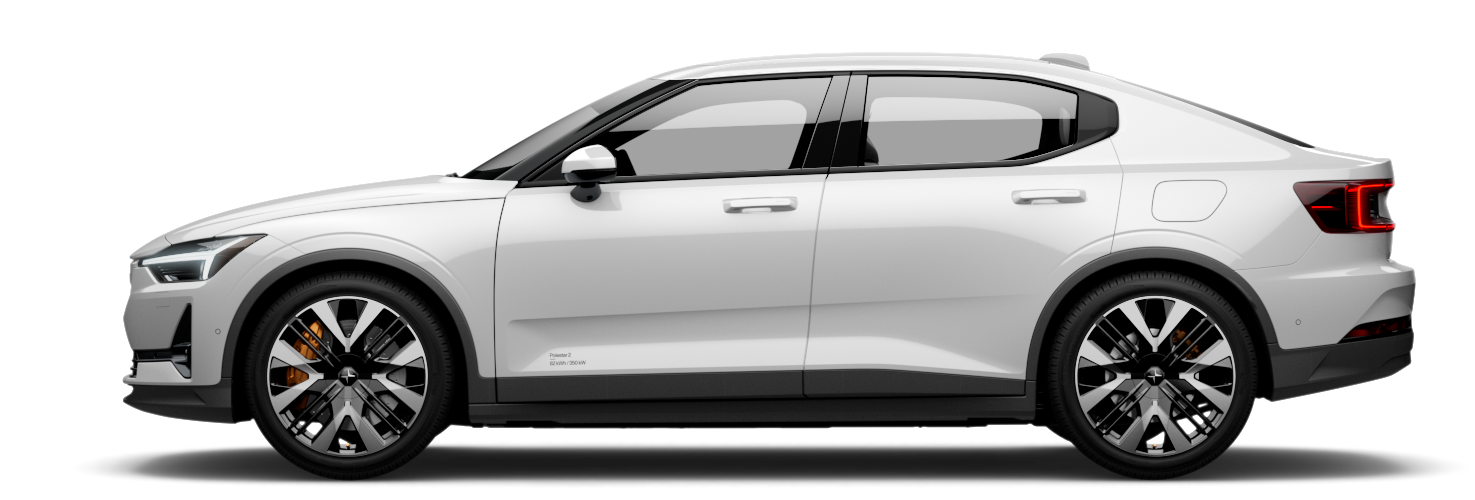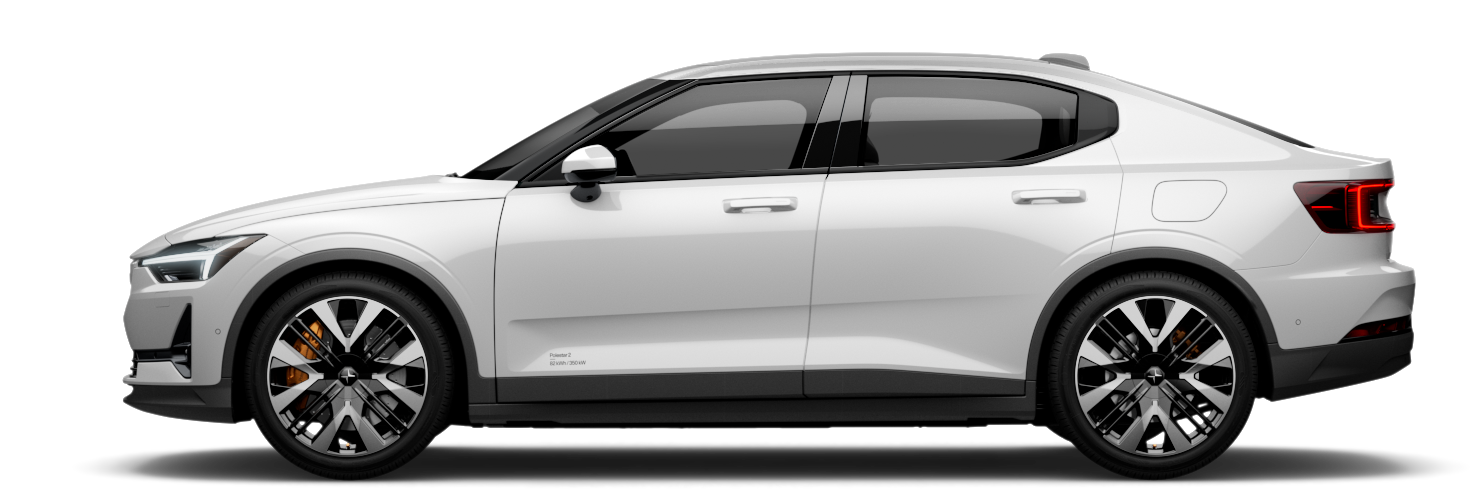Myth-busting: How many charging stations are there really?
Continuing to bust some of the most common myths and misconceptions around EV ownership, we take a look at EV charging and wade in on the argument that there simply aren’t enough chargers to support the increased uptake of electric vehicles.

Unlike some of the other myths and urban legends that we have explored in this series, the notion that there aren’t enough EV chargers is heavily dependent on what part of the world you are reading from.
If that happens to be a remote shack in the Australian Outback, we will allow you to double-down on the argument, dig your heels in and demand the installation of an ultra-rapid charger from your local government or energy supplier right this instant.
But if you live somewhere in Western Europe or China, you’re probably (as you read this) within walking distance of your closest charging station.
The bottom line is, the charging infrastructure has typically followed customer demand for EVs in general and it will come as no surprise that in the regions where they are most prevalent, so is a robust, reliable, and fast charging network.

What we shouldn’t be doing is replicating the old gas station model
Charging boom
If we take the UK as just one example, recent statistics released by EV charge point mapping service ZapMap revealed that at the end of August 2024, there were 68,273 electric vehicle charging points across the UK, spread over 35,230 charging locations.
This represents an increase of 41% if we compare it to the previous year. And if we compare it to the start of the decade, that figure has more than tripled. But perhaps more importantly, the number of 150kW+ ultra-fast chargers has also almost tripled since 2022.
Of course, a large proportion of these chargers are reserved for London and other big cities, but even those more rural areas are seeing an increase in new charger installation thanks to gas stations, leisure centres, and supermarkets embracing the technology.
Another great example is Norway, which has the highest concentration of electric vehicles of any nation (over 80% of new cars are EVs). The Scandi country plans to have a fast charging outlet every 31 miles on public roads by 2030, with the government on track to install a massive 500,000 charging points by that point. All in a country with a population of just 5.4 million people.
“What we shouldn’t be doing is replicating the old gas station model. This is a completely different opportunity,” explains Olivier Loedel, Polestar’s Head of Software Product Management, highlighting the fact that a proportion of EV owners can install a charger at home, reducing reliance on the public network in general. Despite this, charging infrastructure expansion continues to outpace the uptake of electric vehicles in most markets.
Fast charging technology in most markets is now more mature, meaning it is more robust and less prone to failure. Things are certainly looking better.

Improved technology
On top of this, the electric range of something like Polestar 3, which can manage over 500-kilometers on a single charge, means there’s generally less need to charge.
Plus, fast charging capabilities are increasing at lightning pace, with public charging from 10% to 80% in Polestar 3 taking just 30 minutes, reducing the time a charging stall is occupied and creating a faster flow of traffic at busy charging locations.
Polestar navigation systems, which are powered by Google, can now calculate the amount of charge required to reach a destination, so you don’t have to wait at a charging stall for any longer than absolutely necessary. All of these factors compound to make for a more efficient public charging network.
Charging in the future
But what does charging look like in the near future? Well, a Polestar 5 prototype has already brimmed its next-gen batteries from 10% to 80% in just 10 minutes using StoreDot's Extreme Fast Charging (XFC) technology.
Soon, an EV won’t take any longer to prime than an internal combustion engine car. Not that this is an issue for most. The ability to charge at home, work, or even when popping to the shops means batteries can be topped up when the vehicle is parked and not in use.
As a result, there are a number of EV owners that rarely ever have to visit a public fast-charging outlet. Tell them that there aren’t enough EV chargers in the world and they might just look at you like you’ve gone slightly mad.








